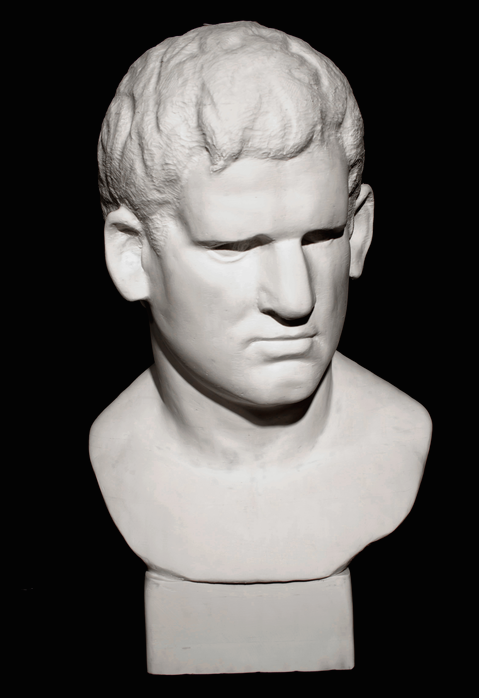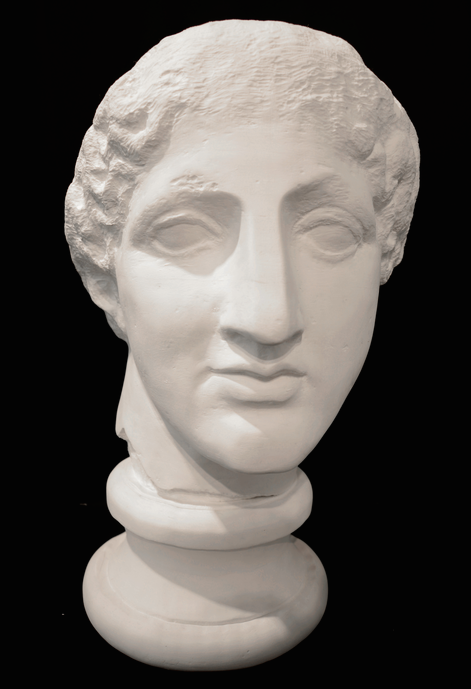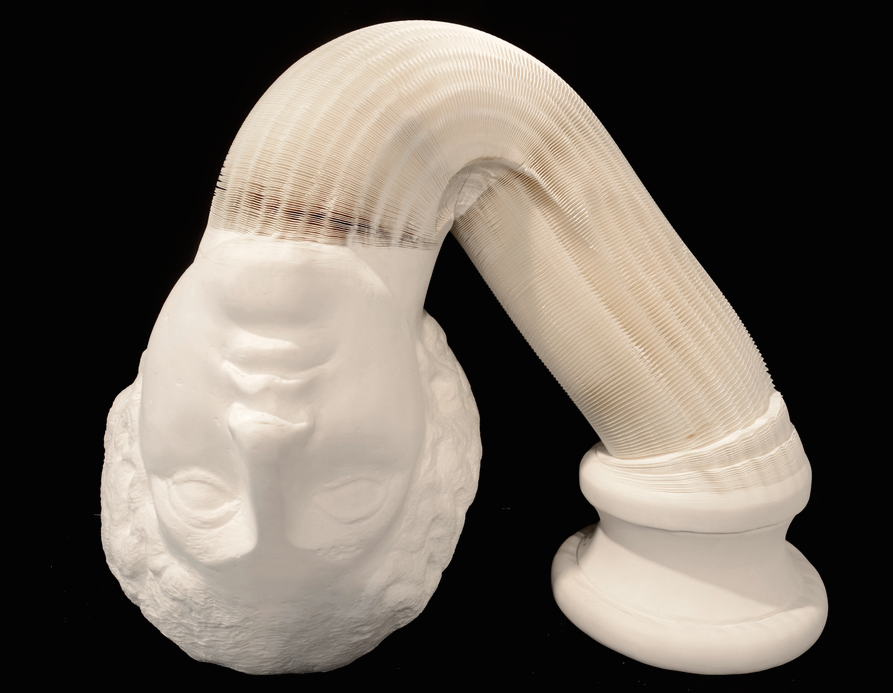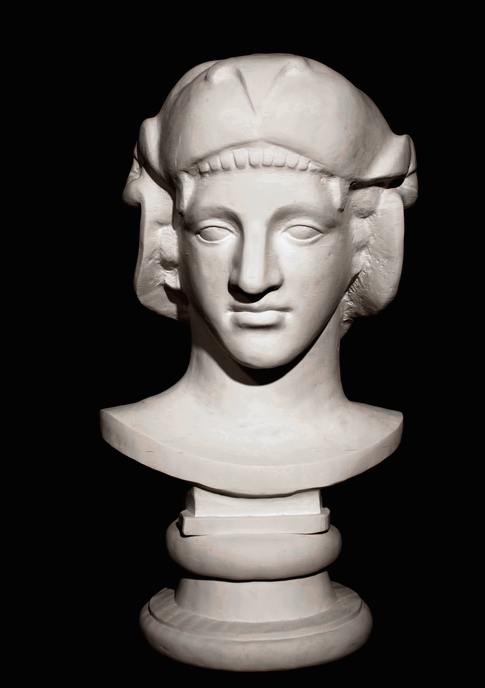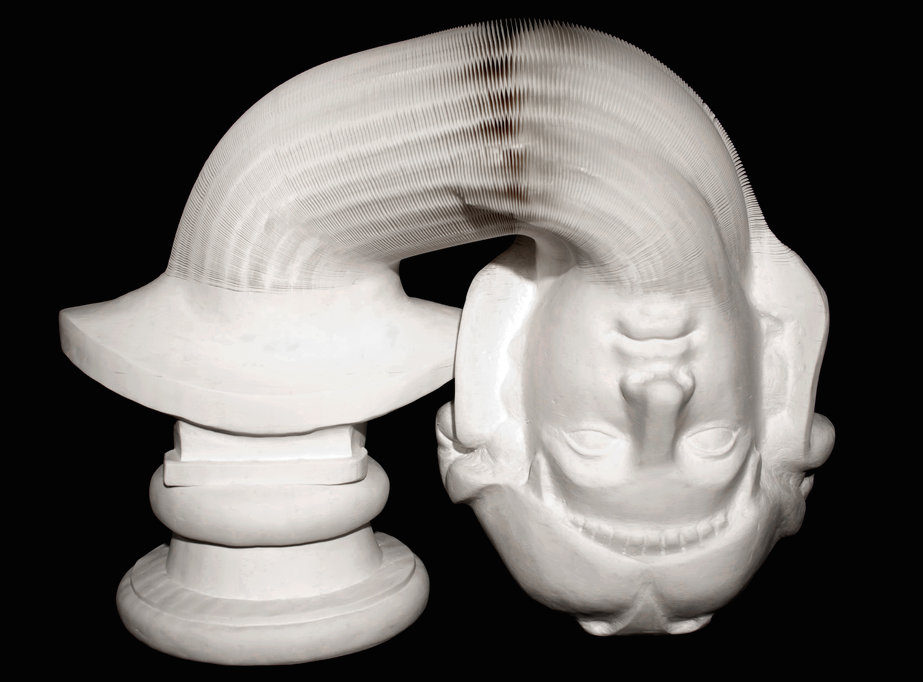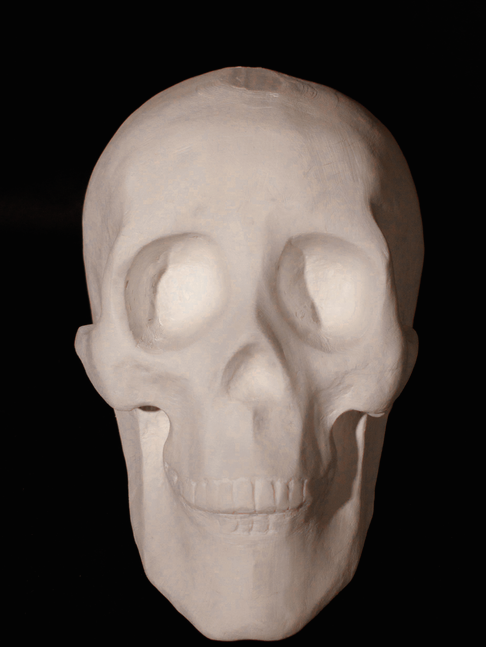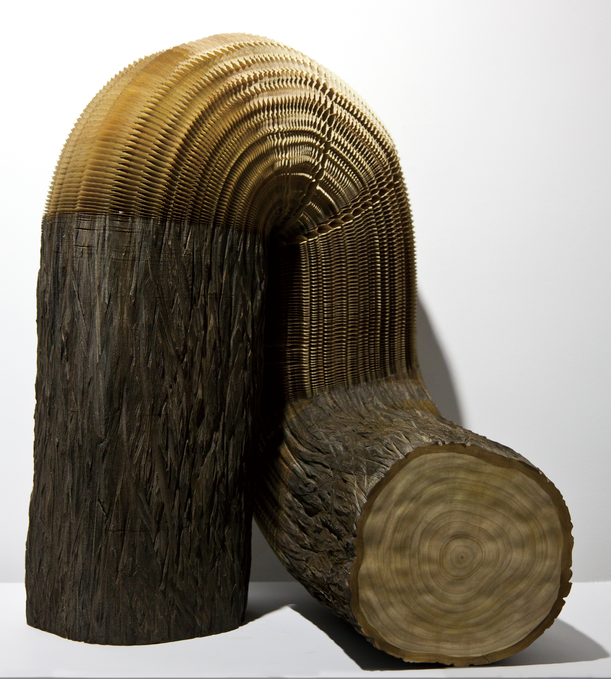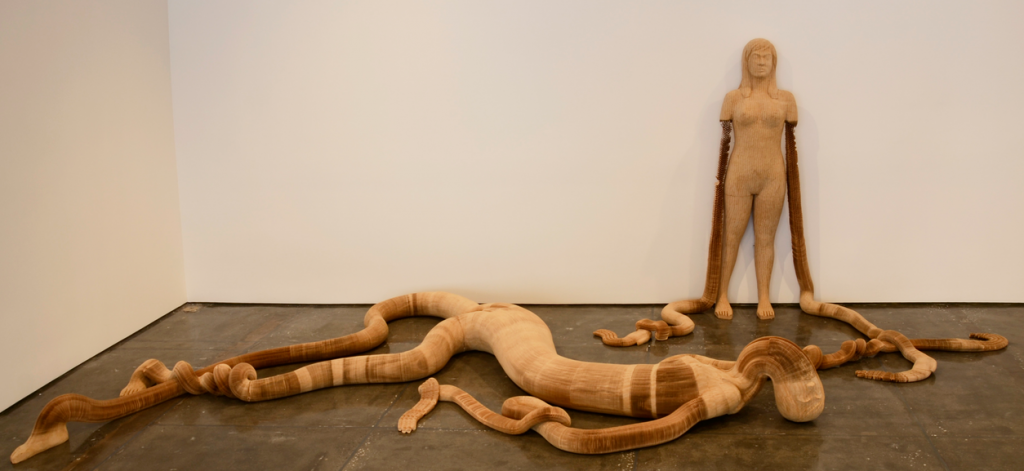INHALE is a cultural platform where artists are presented, where great projects are given credit and readers find inspiration. Think about Inhale as if it were a map: we can help you discover which are the must-see events all over the world, what is happening now in the artistic and cultural world as well as guide you through the latest designers’ products. Inhale interconnects domains that you are interested in, so that you will know all the events, places, galleries, studios that are a must-see. We have a 360 degree overview on art and culture and a passion to share.

Product fetishism makes the scene everywhere I look in this fluctuant maze of smartphones, e-readers and tablets.
Much as I love tapping away my day on my laptop, I confess that I have little to no respect for the vital pieces of technology that surround me – I cannot count how many times I had to replace my phone’s shattered screen; or fell asleep with the computer charged up, overusing its battery.
Luckily, I grew up in a household filled with books and my childhood was defined by a pen-and-paper culture. I know and love the smell of old volumes and feel a quiet reassurance in writing on paper. It is no wonder to me why artists turn to this medium to transform anonymous sheets of paper into complex works of art that mimic human form, nature or architecture – Brian Dettmer, Eric Joisel, Sher Christopher and Ingrid Siliakus come to mind. I have had the privilege to interview one of these master paper sculptors, Li Hongbo, and find out more about his artistic practice. A former editor and designer of books, Li Hongbo manages to turn an old Chinese folk art into stunning paper sculptures.
You have managed to question the realism of sculptures through the flexibility of the paper. What do you see as the strengths of your chosen material, visually and conceptually?
At the beginning, I discovered the flexible nature of paper through Chinese paper toys and lanterns. I used this principle to make a gun. A gun is solid, used for killing, but I turned it into a tool for play, or decoration. In this way, it lost both the form of a gun and the culture inherent to the gun. It became a game. Since paper is soft and flexible, using it as a medium of sculpture can be quite difficult. Nonetheless, the sculptures are filled with novelty and happiness.
In a time when our lives are becoming increasingly “paper-free”, I have noticed a revived artistic interest in the use of this material. How important do you think the “celebration of paper” is in our digital world?
The material I use is not that important. Material is just one of the many things I utilize to present my personal viewpoints.
Tell us a little bit about your creative process – from getting the idea to the finished “product”.
I layer sheet of paper one by one attaching each with glue in at specific points to create a honeycomb pattern. Each sheet is glued individually by hand until I’ve created a small block. I use a woodworking saw to create the initial cuts, discarding excess paper and reducing the area of the block into the correct form. As the saw becomes impractical for cutting, I switch to an angle grinder. This allows me to get closer details. I put the finishing touches on the sculpture with sandpaper.
As a former book editor, do you find the approach as an artist more coherent than the previous one? Was it a natural transition or an unpremeditated “a-ha moment” that you felt at one point?
As an editor, I increased my knowledge of subjects outside the field of art, and helped to support my family life. My dream of working in art has proven to be unwavering from start to finish.
What is the world you are trying to magnify for your audience? What do you hope your sculptures make people feel?
When people look at a box, they think ‘It’s a box.’ But, actually, it can change into another thing. I want to change the image, change how people see things so they think in another way, and more deeply.
Your works are a real challenge for the human form. How do you challenge yourself in your work?
What I want to challenge is my capacity for wisdom, diligence, innovation, and insistence on my personal thoughts.
What are some things or places that really inspire you?
There is a Chinese saying, “life is as fragile as paper,” which has left a deep impact on me. Due to my past jobs, I have become very familiar with paper. This revealed to me the importance of paper to both society and individuals. It also allowed me to explore paper’s hidden, broad expanse of uses. For my most recent show, my inspiration came from the tools of study I used to learn how to sketch as a child. When I first started practicing art, instead of drawing a living person and forcing them pose still for hours on end, our professors would make us draw the busts of widely renowned sculptures. The busts became patient friends and mentors of mine and to this day I will remember the time I spent sketching them. To breath new life and revitalize old memories, I have recreated these tools of study using my own mode of expression, paper.
Do you ever find yourself in a creative dry-spell? If so, what do you do to find yourself again and create new work?
I want to compensate for my deficiencies and to enrich myself, which is why I became a book editor. For me, there is never a creative dry-spell.
Is there anything that could ever convince you to stop creating?
I will stop to think about this if I am ever unsatisfied with my creating.
If you had the chance to say anything to the world, what would it be?
Thank you so much for being fond of my artwork.
At the beginning of 2014 you had your very first solo-exhibition in the United States, which inaugurated the new space of Klein Sun Gallery. How was that experience for you?
With my exhibition at Klein Sun Gallery earlier this year, my thoughts became tangible objects and were presented to everyone. I successfully completed that endeavor.
You have exhibited alongside artists like Li Hongjun and Wang Lei, who also manipulate paper in their artistic endeavors. How did you feel that the different approaches interact in the same environment?
Everyone has different thoughts and different points of view. Thus, the significance of artwork is different for different people. Paper is a public medium. Everyone can use it. Wang Lei, Li Hongjun, others, and myself can use paper, demonstrating that paper has abundant potential. Our creative communication is broad in this respect. We are not only artists exhibiting together we are also colleagues.
Do you have any future projects? If so, will they involve the use of new materials?
When I see a new type of paper or a new creative way to use paper, an impulse drives me to explore yet again an unknown aspect of the language of paper. I will further explore the possibilities of paper art and work on other art projects. I will have two solo exhibitions in art museums in the next 3 to 5 years.
While perusing the answers of Li Hongbo, I couldn’t help but notice a particular humbleness in his attitude towards his work and his chosen medium. It is as if the blank layers of paper that he surrounds himself with everyday call the tune not only of his work but also of a specific life philosophy – genuine, powerful, versatile.
An interview by Cristiana Șerbănescu for Inhale
More about the artist: kleinsungallery.com



